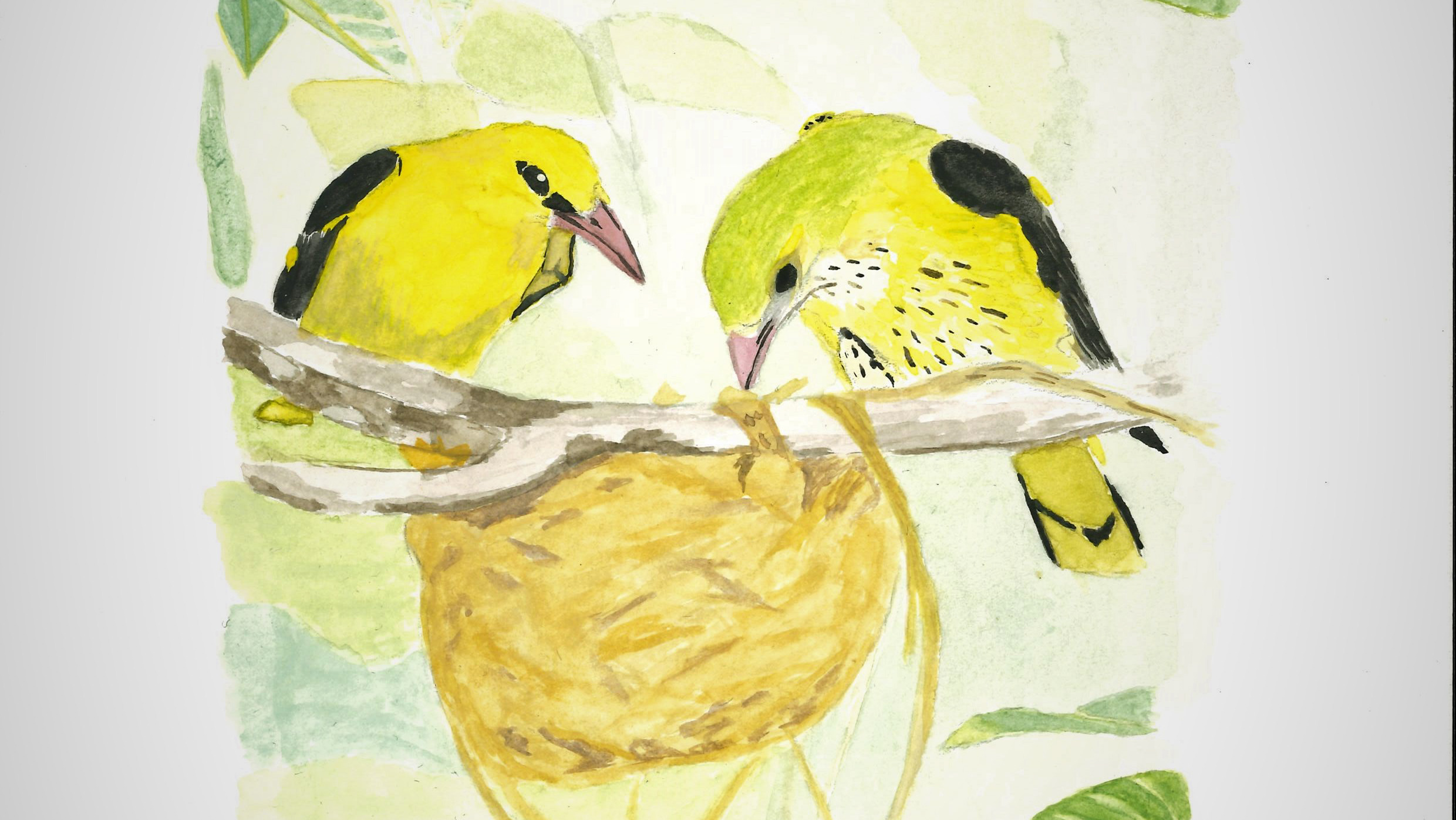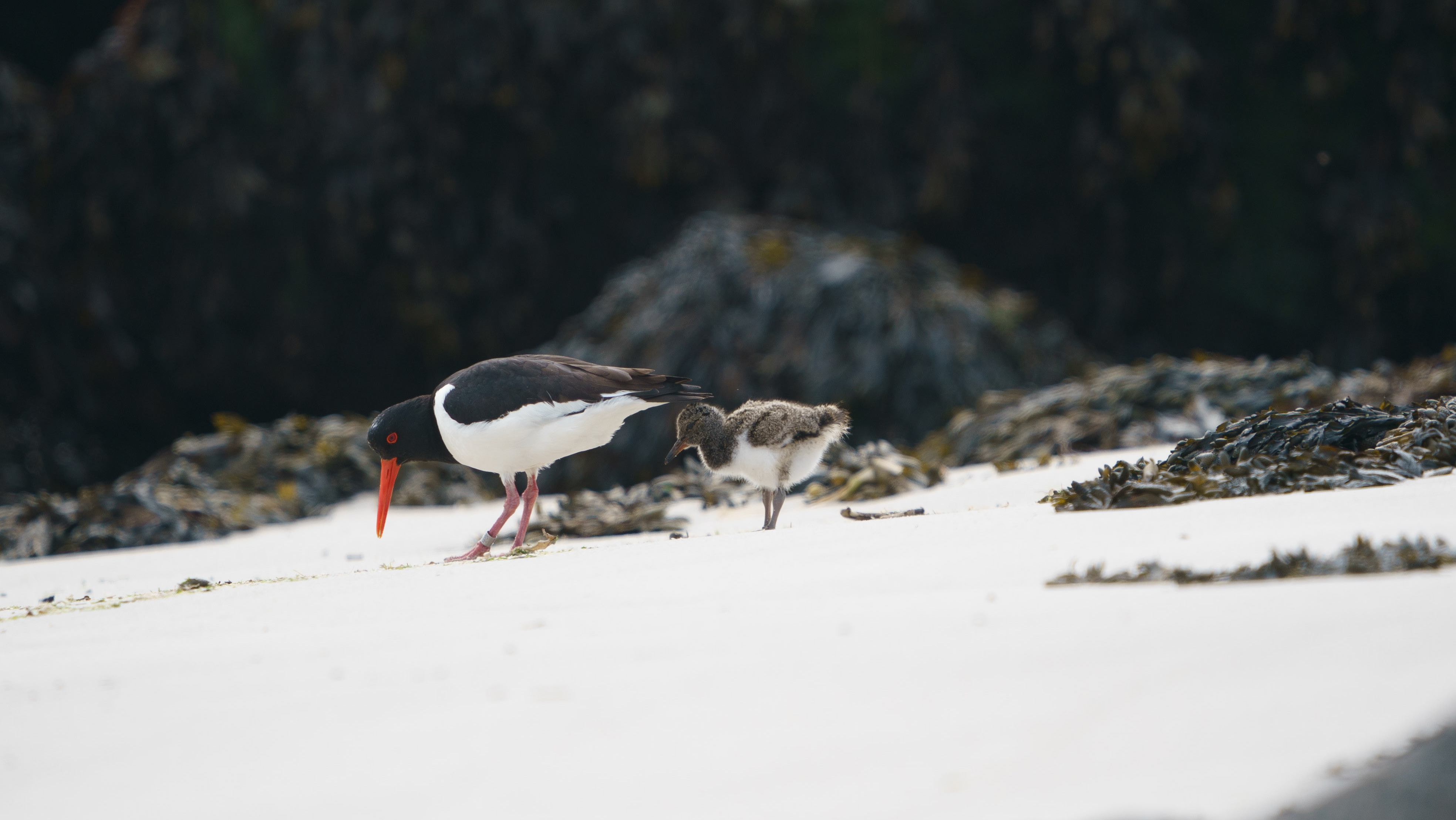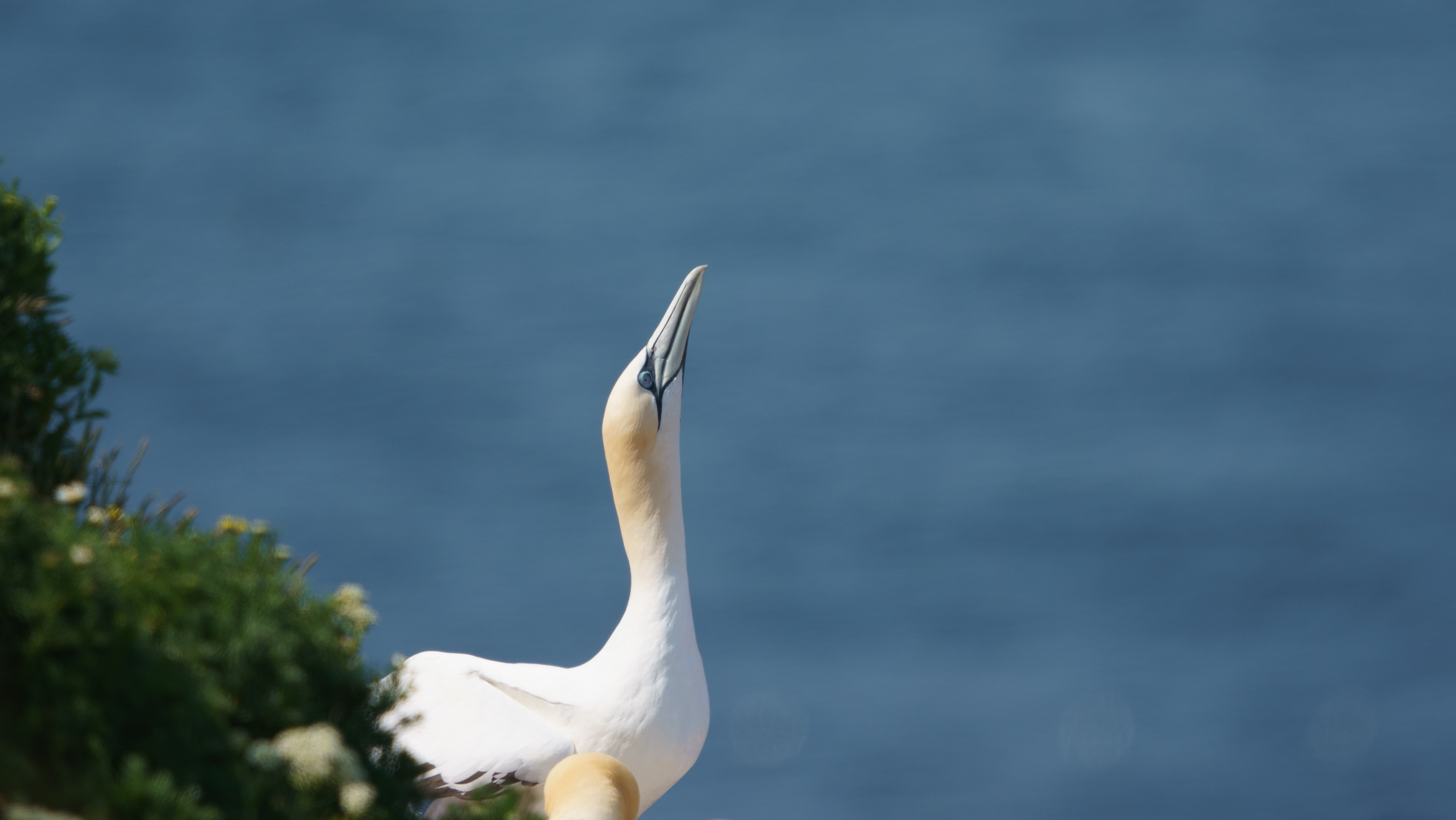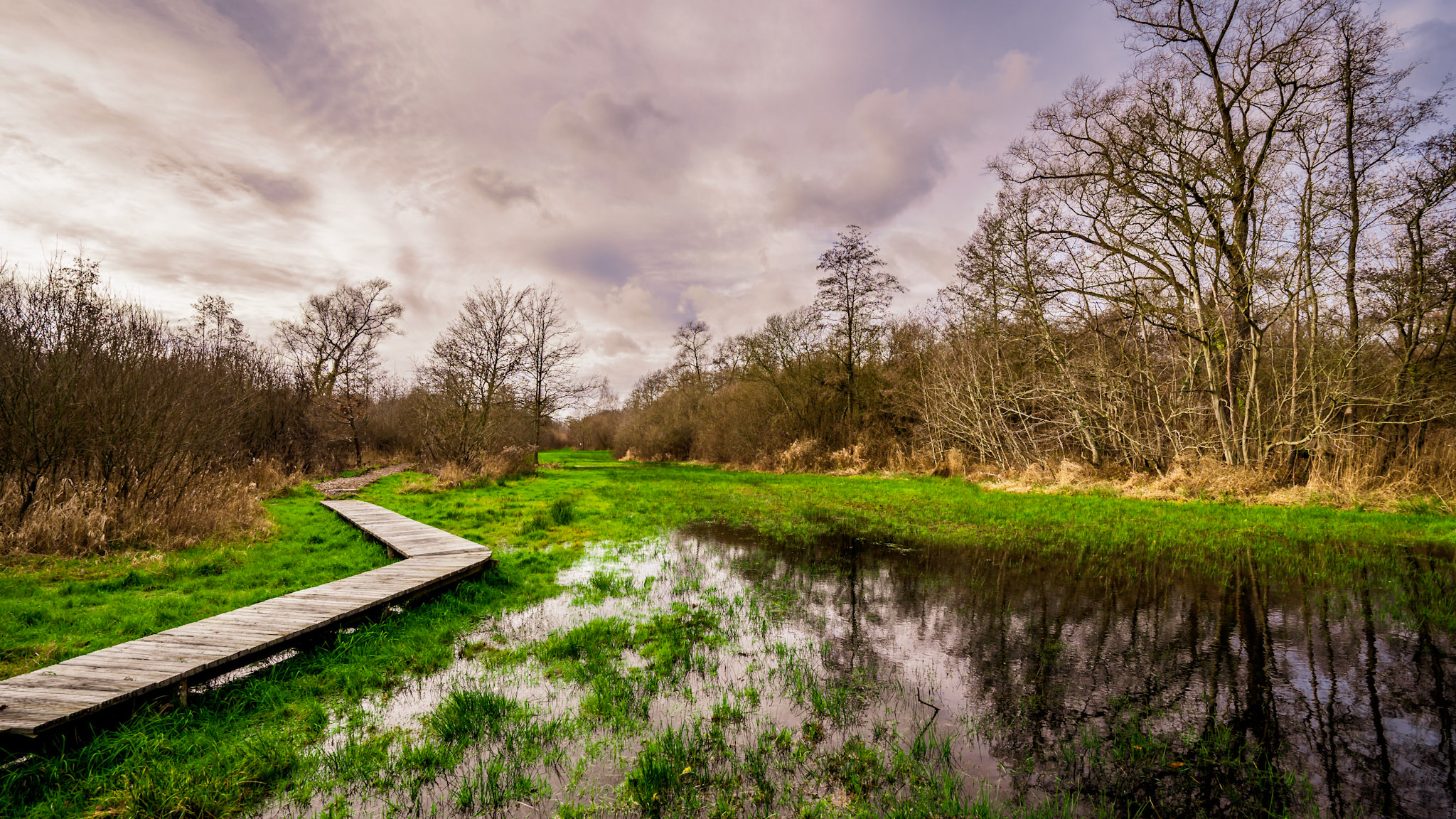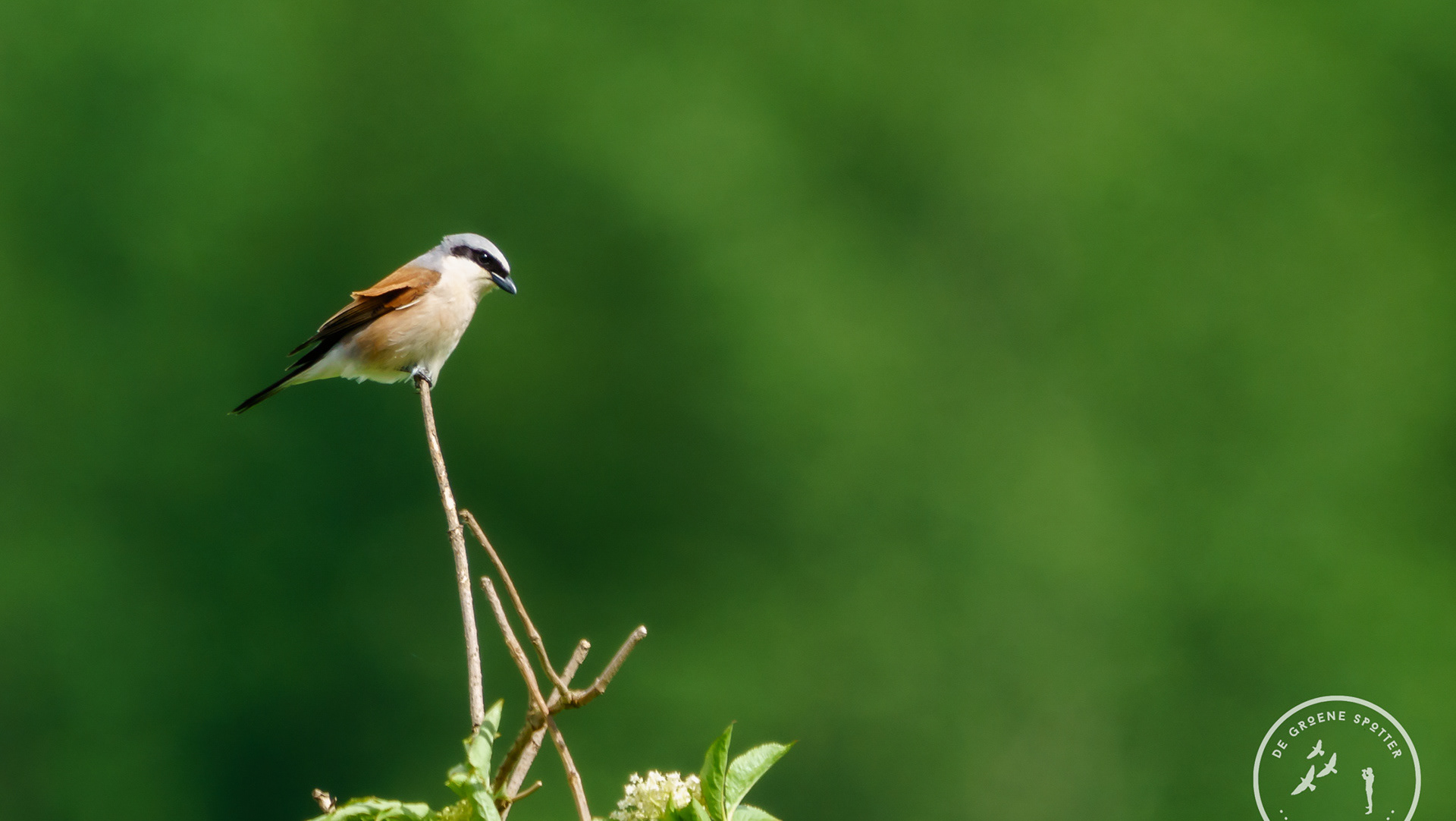On 15 November 2021, a report came in via waarnemingen.be (observations) about a unique bird spotted for the first time in Haacht along the fields of the Bessemhoefweg. This is the snow bunting, a distant cousin of the chaffinch.
A new species in Haacht, I must see it! I made my way to the spotting site as quickly as I could and in the meantime informed other spotters in the area, a select group of bird spotters from Haacht, Keerbergen and Boortmeerbeek, about our special guest.
Before leaving for work, I still wanted to give it a shot.
Arriving, I was clearly not the only curious one who had seen the notification. Birdwatcher Willem also came to take his chance. And Yes! We got lucky. A fairly small non-shy white-brown bird was sitting quietly on the path eating and didn't seem to care about our presence.
The bunting was clearly already dressed in its winter plumage. To distinguish the gender in winter plumage, you have to look out for a black spot in the wing. The devil is in the details. This turned out to be a male.
A new species in Haacht, I must see it! I made my way to the spotting site as quickly as I could and in the meantime informed other spotters in the area, a select group of bird spotters from Haacht, Keerbergen and Boortmeerbeek, about our special guest.
Before leaving for work, I still wanted to give it a shot.
Arriving, I was clearly not the only curious one who had seen the notification. Birdwatcher Willem also came to take his chance. And Yes! We got lucky. A fairly small non-shy white-brown bird was sitting quietly on the path eating and didn't seem to care about our presence.
The bunting was clearly already dressed in its winter plumage. To distinguish the gender in winter plumage, you have to look out for a black spot in the wing. The devil is in the details. This turned out to be a male.
Thanks to good weather conditions, this male Snow Bunting remained observable at this site for another 3 days. On 17 November, partly due to changing weather conditions, he left again. Further south in search of better sites.
Earlier that month, presumably this specimen Snow Bunting was also spotted in the Leuven/Huldenberg region.
Did you know: Snow Buntings are sometimes called 'Snowflakes'. This nickname came from the phenomenon that snow buntings normally perch on fields in large groups. Their striking white colours give them a 'snowflake effect'.
Earlier that month, presumably this specimen Snow Bunting was also spotted in the Leuven/Huldenberg region.
Did you know: Snow Buntings are sometimes called 'Snowflakes'. This nickname came from the phenomenon that snow buntings normally perch on fields in large groups. Their striking white colours give them a 'snowflake effect'.
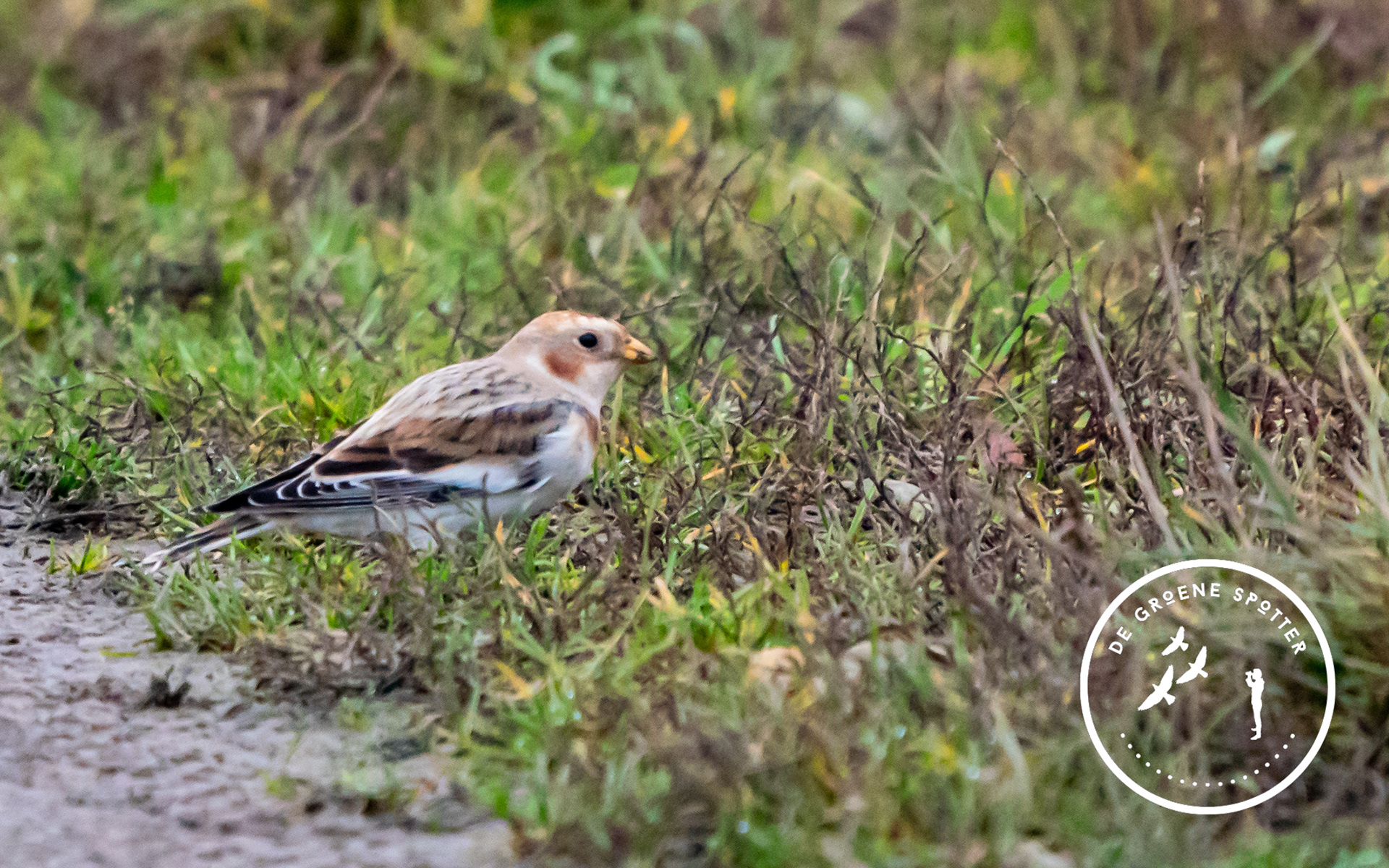
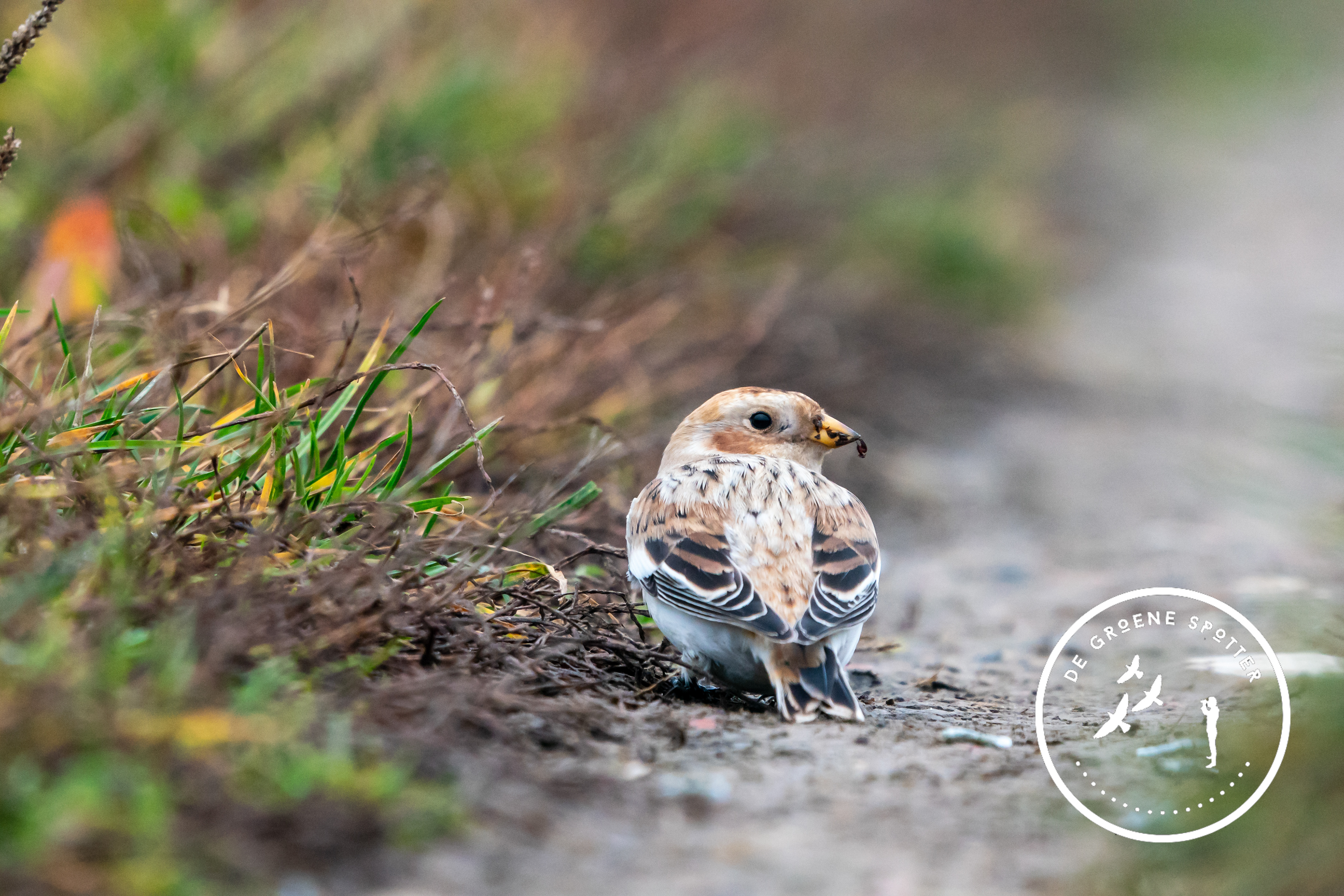
The far north is his home
Snow buntings (Plectrophenax niwalis) are winter visitors in our country, descending from the cold North to the North Sea coast and even inland from central Europe to look for food. By wintering in the far north, finding food is a feat. For the same reason, you will observe more Robins, Finches and Thrushbirds (such as Blackbirds, Blackbirds and Redwings) during winter.
Their breeding grounds include tundra, rocky riverbanks and coasts in northern Europe, Asia and North America. In Europe, they breed mainly in Scotland, Iceland, Scandinavia and the northern coast of Russia.
The breeding season for the Snow Bunting starts from July. They then seek a hidden spot in a rock crevice, under a rock, in a pile of wood or even in an empty building. They are certainly not classic 'nest builders'.
In summer, they eat mainly insects and from autumn they switch to seeds.
Their breeding grounds include tundra, rocky riverbanks and coasts in northern Europe, Asia and North America. In Europe, they breed mainly in Scotland, Iceland, Scandinavia and the northern coast of Russia.
The breeding season for the Snow Bunting starts from July. They then seek a hidden spot in a rock crevice, under a rock, in a pile of wood or even in an empty building. They are certainly not classic 'nest builders'.
In summer, they eat mainly insects and from autumn they switch to seeds.
Perfect camouflage
During the winter period, you will see Snow Buntings only in winter plumage (white and light brown). Despite their striking white hues, finding them on the ploughed fields in our regions is no easy task.
In summer, the males are strikingly white and vividly black coloured.
The female's plumage resembles the male's winter plumage.
Along our coastlines, Snow Buntings can be seen foraging in large groups on the beaches. Inland, they are more likely to be found in smaller groups up to even one specimen alone.
In summer, the males are strikingly white and vividly black coloured.
The female's plumage resembles the male's winter plumage.
Along our coastlines, Snow Buntings can be seen foraging in large groups on the beaches. Inland, they are more likely to be found in smaller groups up to even one specimen alone.
2020, a peak year
As the Snow bunting is not a breeding bird in Belgium, no special actions are carried out to stabilise or increase the numbers of this winter visitor.
The best year with the highest number of individuals was last year, when 403 bird spotters observed 5,124 individuals in 32 municipalities across Belgium. As explained earlier, most individuals and the largest groups were seen on the coast.
The best year with the highest number of individuals was last year, when 403 bird spotters observed 5,124 individuals in 32 municipalities across Belgium. As explained earlier, most individuals and the largest groups were seen on the coast.
Field fields VS slow roads
During these three days of presence, it was noticeable that this Snow Bunting hardly looked for food in the fields, but rather sought its luck among the low vegetation of the earthen footpath. There it was looking for seeds of grasses and weeds like narrow plantain. It was clear that the fields were not sufficiently nutrient-rich for this little seed eater.
This is one of the many reasons why it is increasingly suggested that fields should be designed with more biodiverse border plots. That way, insects and birds can be attracted throughout the year.
Farmers can do this and receive compensation from the Flemish government, yet this act causes fierce debate every time.
For farmers, it is a financial pain point as they cannot plant every inch of their farmland with their crops. Yet, this is compensated with a nice fee depending on the size of the plot and the type of management agreement entered into.
In addition, it still looks nicer when floral carpets or small landscape elements grow around the crops.
Let's hope the new year brings a new approach in the agricultural sector to nature management.
This is one of the many reasons why it is increasingly suggested that fields should be designed with more biodiverse border plots. That way, insects and birds can be attracted throughout the year.
Farmers can do this and receive compensation from the Flemish government, yet this act causes fierce debate every time.
For farmers, it is a financial pain point as they cannot plant every inch of their farmland with their crops. Yet, this is compensated with a nice fee depending on the size of the plot and the type of management agreement entered into.
In addition, it still looks nicer when floral carpets or small landscape elements grow around the crops.
Let's hope the new year brings a new approach in the agricultural sector to nature management.
Keep on birding!
